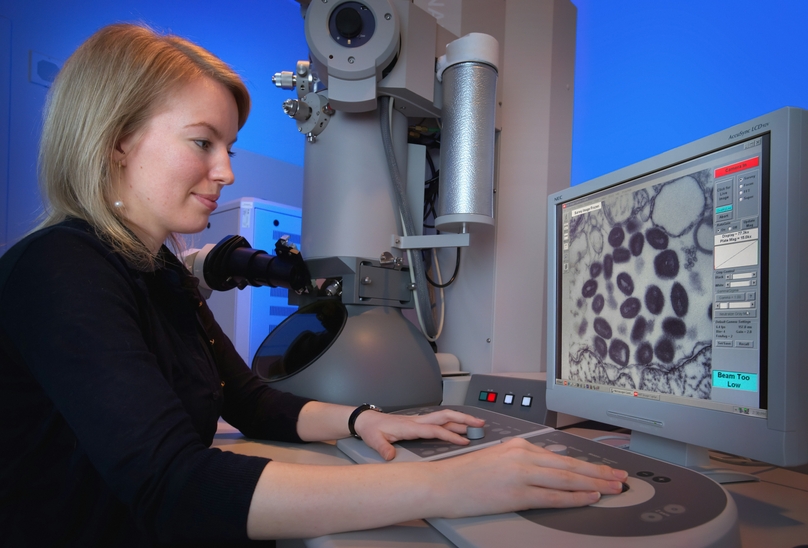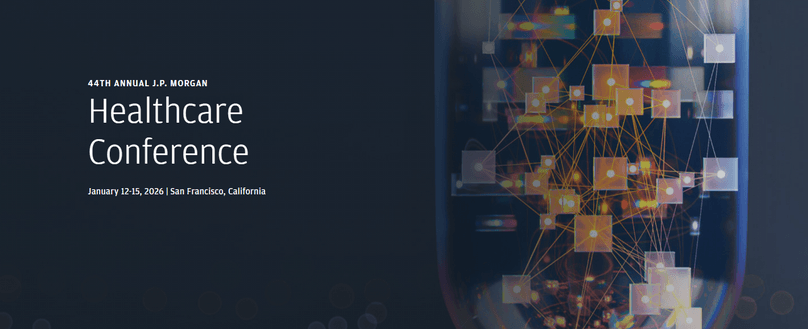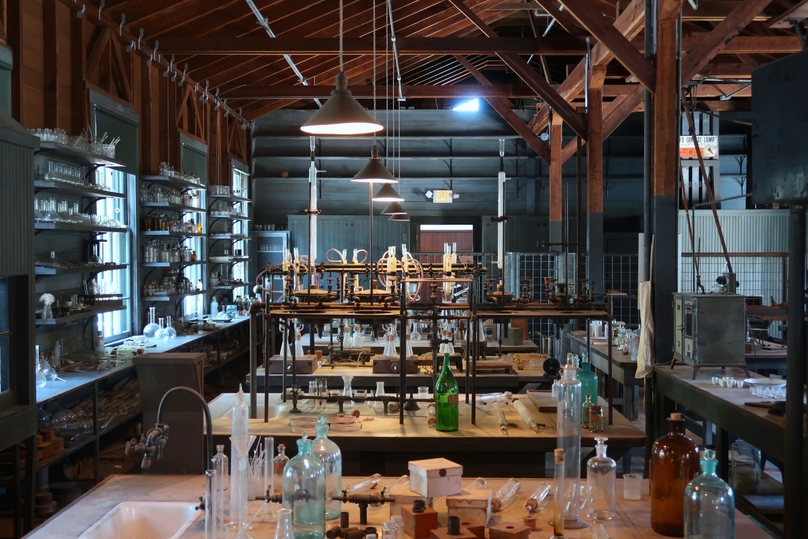What is Reproducibility?
Advances in life sciences, biomedical sciences, computer sciences, and social sciences depend on new data that is reliable enough to serve as a solid foundation on which future developments can be built. One of the key factors within scientific research is reproducibility.
Computational reproducibility is the measure of whether the datasets in a scientific report allow the experiment to be repeated by another scientific team. If the methodology is sound and the metrics are accurate, this will ensure the exact replication of the results.
But just because an experiment is reproducible, does not mean it has to be replicable. In other words, scientists may reach the same reproducible, scientific results using different methods.
The Importance of Reproducibility and Replication
Reproducibility is important because it creates new opportunities for insights and facilitates innovation in terms of scientific knowledge. Scientists can modify experiments to reproduce data to achieve the same results. The final result could be the creation of a whole new hypothesis.
Research scientists recognize the value of having at least a minimal level of repetition in experiments. Not only does this double-check previous scientific methods but it also increases reliability.
Furthermore, through the reproduction of data, you can also reduce the risk of error. In the same lab setting—especially without the help of lab automation, you may miss a fluke or mistake, or even fall into a habit. However, in a new experimental setting, with new conditions and a fresh methodology, these flaws can be eliminated.
Reproducibility is also key to validating results and making research more thorough. It strengthens datasets, results, and scientific analysis. Because it is so widely agreed that data reproducibility is a crucial part of the scientific process, you should consider it part of your lab protocol to make all data shareable and reproducible. You can facilitate this process with an automated lab system.
Types of Replication
Often, extra importance is given to scientific studies that are replicable outside of their original laboratory, or when they can be conducted by a different research team than the one that made the original discovery.
For example, a study or clinical trial may be replicated for training within academic institutions or written about in a high-impact journal. These replication studies have highlighted four general types of replication used within the scientific community:
Direct Replication
In direct replication, scientists aim to replicate an experiment with the exact same study design as the original study to reproduce the same results. The advantages of this type of meta-analysis include:
- Establishing that a finding is reproducible
- Giving greater validity to the scientific findings
- Results are more likely to be generalizable
- Does not compromise the quality of data and measures
Analytical Replication
In analytical replication, scientists take the original data such as a sample or measure from a study or experiment, and put it through a rigorous reanalysis. The advantages of analytical replication include:
- Verification of quality control
- Increasing confidence in data integrity
- Confirming original methodology
Systematic Replication
Systematic replication involves the process of reproducing a study while introducing certain consistent differences. Most often, such replication aims to extend the original research to different participants or settings. The benefits include:
- Establishes reliable positive results or negative results
- Allows for refinement of experimental design
- Permits use of more standardized measures
Conceptual Replication
Conceptual replication involves researchers retesting the same theory hypothesis while using different measures, different ways of manipulating variables, or different experimental designs. The advantages of conceptual replication include:
- Validation of the underlying hypothesis
- Confidence in the finding
- Elimination of false positives
The Reproducibility Crisis
Unfortunately, although many previous studies claim significant results, often their findings can not be reproduced. This is currently referred to as the reproducibility crisis(or replication crisis).
This is highlighted by the fact that in the field of biology alone, more than 70% of researchers were unable to reproduce the findings of other scientists. Furthermore, 60% of researchers could not even reproduce their own findings.
Lack of reproducibility has numerous negative effects throughout the scientific community, such as slower scientific progress, wasted time and money, decreased efficiency, and erosion of public trust. Contributory factors to the reproducibility crisis include:
- Lack of access to methodology, raw data, and research methods
- Use of cross-contaminated or misidentified cell lines
- Mismanagement of complex datasets
- Poor research practices
- Inadequate experimental design
- Publication bias
Why the Scientific Community Needs Open Science
Open science refers to sharing research findings and promoting collaboration. Putting this into effect entails a systematic change to the way scientific research is currently done. The benefits of open science are numerous, and include:
- Improved efficiency: By allowing greater access to experimental inputs and outputs, open science can improve both the productivity and effectiveness of the research lifecycle. This can also reduce costs, prevent duplication, and facilitate the transference of data. Open science also enables increased research from the same data and multiplies opportunities for global collaboration on a research project.
- Increased integrity: By opening access to experimental data and other research assets, researchers can enable wider evaluation by the scientific community, which will increase integrity and quality. This will lead to increased and more accurate replication of research results and reduced fraud or errors. It will also promote new scientific discovery.
- Cost-effectiveness: Increased access to research data not only helps to increase awareness between and within research groups but also helps foster innovation. Open science creates economic benefits associated with greater efficiency both in countries with advanced economies and still-developing countries.
- Public engagement: Opening science to communities as a whole, like publishing research on databases like Google Scholar, promotes awareness among the masses. This would encourage trust and support for public investment and funding. It would also facilitate individual engagement and incentives to participate in scientific research.
- Global outreach: Open science extends the scientific community to the global level. By allowing extensive collaborative efforts, scientists can facilitate faster data transfers and research finding transfers and promote a better understanding of and solutions to existing challenges.
Streamline Reproducibility within Your Data with Genemod
Reproducibility is no longer just a buzzword. In recent years, it has become an integral part of the lifecycle of each research project. At Genemod we have developed several user-friendly solutions to help you ensure all your research projects are fully reproducible. Our services include:
- Inventory management: By combining your lab protocols, statistical analysis, and updates in one synchronized dashboard, we help you optimize your time and reagents and foster reproducible research.
- Sequence editing: Perform your calculation in several ways, like transferring your primer from a sequence-editing page to your freezer database with just the click of a button to enhance your biomedical research.
- Collaboration: Easily collaborate with your team members, stakeholders, and funders or share your data collection for peer review from one virtual data source, while reducing the risk of transfer errors and reducing the risk of non-reproducibility.
- Lab automation: With our highly customizable dashboard, you can access all your workflows and lab tools in a single virtual space without the hassle of searching through multiple software programs.
Genemod’s digital solutions can help your research facility to facilitate, maintain, and share reproducible studies and make your scientific field more open to collaboration and validation. Contact us today to find out more about making your research optimally reproducible.















